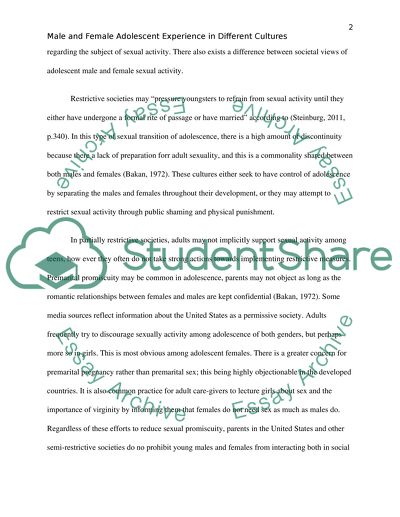Cite this document
(“Cultural Differences between the male and female adolescent experience Admission/Application Essay”, n.d.)
Retrieved from https://studentshare.org/psychology/1440985-developmental-profile
Retrieved from https://studentshare.org/psychology/1440985-developmental-profile
(Cultural Differences Between the Male and Female Adolescent Experience Admission/Application Essay)
https://studentshare.org/psychology/1440985-developmental-profile.
https://studentshare.org/psychology/1440985-developmental-profile.
“Cultural Differences Between the Male and Female Adolescent Experience Admission/Application Essay”, n.d. https://studentshare.org/psychology/1440985-developmental-profile.


